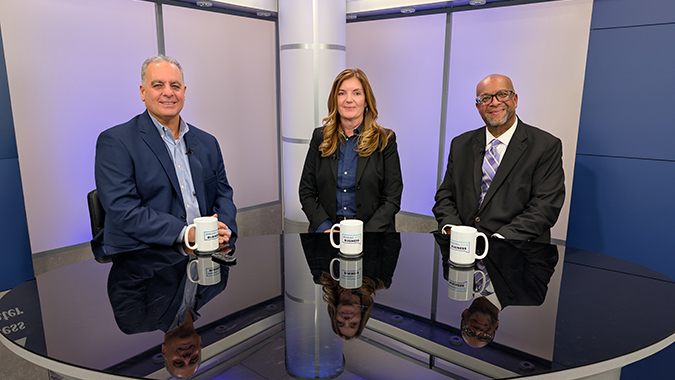The New Jersey Public Charter Schools Association said this week that new state testing results show that public charter schools continue to make significant achievement gains for students of color in under-resourced communities throughout New Jersey.
The 2024 New Jersey Student Learning Assessment (NJSLA) scores for students tested in grades 3 through 11 show that Black, Latino, and economically disadvantaged students who are enrolled in New Jersey’s public charter schools are outperforming their peers.
These test scores, which were released last week by the state Department of Education, show public charter school students in all grades scored 9.6 percentage points higher in English language arts (ELA) and 5.1 percentage points higher in mathematics that other public school students statewide.
Additionally, economically disadvantaged students in public charter schools outperformed economically disadvantaged students statewide by 12.9 percentage points in ELA and 7.1 percentage points in math.
According to the NJPCSA, 85% of New Jersey’s 63,000 public charter school students are Black or Latino, 70% come from econom01ically disadvantaged backgrounds, and 10% receive special education services. Public charter schools serve one in five public school students in New Jersey’s 31 Schools Development Authority (former Abbott) districts.
"While the New Jersey public school system is ranked the top-performing in the country, there remain large achievement and opportunity gaps, as not every child’s needs are being met equitably,” NJPCSA President and CEO Harry Lee said on Thursday.
“When it comes to educating our students, one size does not fit all, and it is undeniable that public charter schools are part of the solution to ensure a strong public-school system in the Garden State,” he said.
Lee said the strong achievement gains in some urban communities have largely been driven by charter schools.
“We are excited for our schools to share what is working so that all students in New Jersey can benefit from innovative and effective practices including a longer school day, embedded tutoring during the school day, and world-class teacher training and development," Lee said.
Overall, students attending public charter schools meeting proficiency standards improved by 2.3 percentage points in English language arts (ELA) and 3.7 percentage points in math, the NJPSCA said. This outpaced the rest of the state which saw a 0.9 percentage point growth in ELA and 2 percentage point growth in mathematics.
The NJPSCA’s analysis of test scores disaggregated by the six cities which have the largest number of charter school students demonstrate similar findings. Public charter school students in Camden, Jersey City, Newark, Paterson, Plainfield, and Trenton are significantly more likely to meet proficiency on state assessments.
For example, Learning Community Charter School (LCCS) in Jersey City is one of the most diverse public schools in the state and provides an excellent public education to all 630 of its students, the NJPSCA said. The 2024 scores show LCCS is significantly outperforming the state average by 25 percentage points in ELA and 13 percentage points in math.
In Newark, 20,000 students are currently enrolled in public charter schools. Eighty percent of Newark charter school students qualify for free or reduced-price lunch.
For the second year in a row, public charter school students in Newark beat the New Jersey state average in ELA, with 51.3% of students scoring proficient in grades 3 through 8. The NJSLA proficiency score for the rest of Newark’s students in grades 3-8 was 30.3% on ELA.




